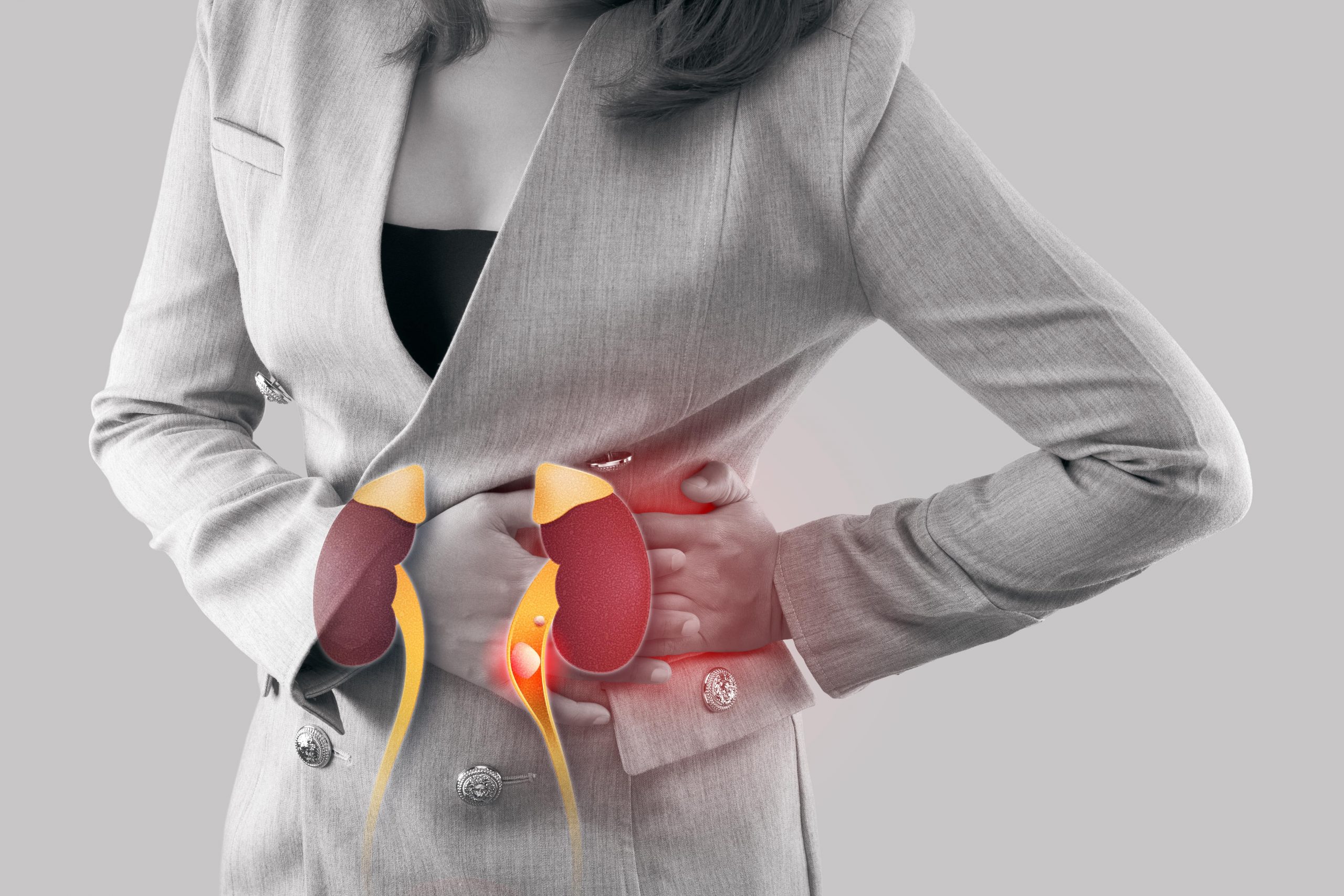The initial symptoms of kidney stones may present as vague symptoms such as a stomach ache. They may come and go or persist for hours. If you experience pain or fever, it’s wise to visit your doctor; they will be able to determine whether or not there is an existing stone present.
The most common early sign of kidney stone infection is pain, particularly as the stone moves down the ureter tube connecting the kidney to the bladder (figure 1). This discomfort usually begins in your flank area (the side between your ribs) and moves toward your abdomen or groin area; sometimes this lasts only a few minutes and then goes away, or if severe enough to necessitate hospitalization for treatment.
Your doctor should come out promptly if you have a kidney stone, so they can treat it before it gets too large or causes infection that could have further complications. They may also test your urine to identify which type of stone you have.
Calcium stones are the most common type of kidney stone, composed of calcium oxalate that either your body produces or absorbs through food consumption. Other types of stones such as those caused by infection and uric acid crystals may form too.
Your doctor likely recommended taking certain medications to aid the passage of a kidney stone and reduce any discomfort you may be feeling. Tamsulosin (Flomax), for example, relaxes the ureter and can reduce the time it takes for the stone to pass.
Other medications that have been known to reduce the pain of a kidney stone include ibuprofen (brand names: Advil, Motrin) and naproxen (marketed under names like Aleve or Naprosyn). If you have any medical conditions such as diabetes or high blood pressure, it’s essential that you speak with your doctor prior to taking any medication.
In addition to taking medication, your doctor may suggest a change in diet and other measures that can lower your risk for future kidney stones. These could include avoiding foods high in oxalate and restricting alcohol consumption.
The most effective dietary change that can reduce your risk of kidney stones is to avoid foods and drinks high in oxalate, such as red meats, nuts, chocolate, and grapefruit. This is because oxalate increases calcium concentration in urine which could lead to formation of kidney stones.
Eating a diet rich in fruits, vegetables, nuts and low-fat dairy products can help to reduce the amount of oxalate your body produces. Medications used to treat high blood pressure or diabetes may even enhance this process by increasing oxalate breakdown within the body.
Over time, these changes in your diet will reduce the likelihood of kidney stones. However, it’s essential to remember that if you do get a kidney stone, it may be difficult to prevent future ones from forming.










